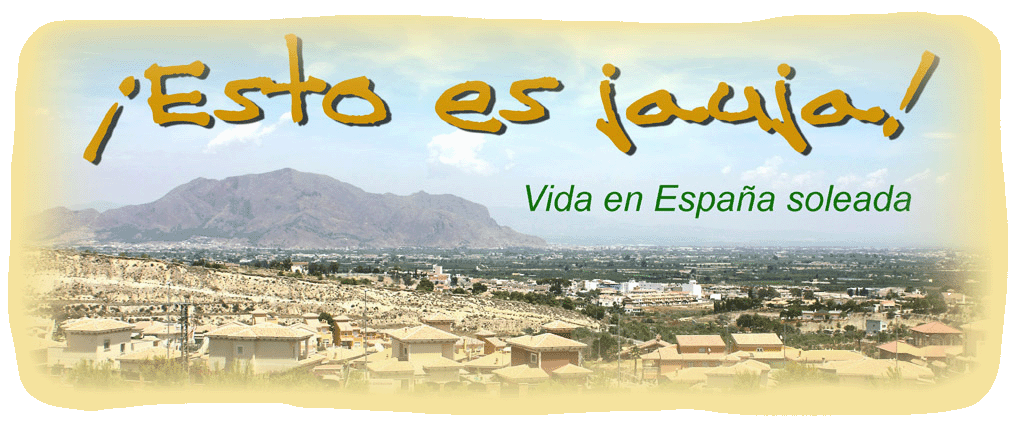At a meeting held at the headquarters of the constructor’s organisation Procosta, the mayor of Bigastro, Rosario Bañuls and the deputy mayor, Aurelio Murcia explained that, out of the 2,000 residents of the town who of working age - 1% are currently unemployed. Most of these were employed in the service sector or in construction before the economic crisis took hold.
They went on to say that, when the good times return and construction resumes, Bigastro has two partially completed developments in sectors D-4 and D-5 and another which is urbanised but not yet legal in D-6 along with two which are in the process of being urbanised – D-7 and D-12. In total there is land in the town to build one thousand new homes.
The lady mayor continued by saying that the priority for the town is to legalise sector D-6 so that the houses there can have electricity and water. Then the town wants to move on to facilitate the building of more homes for the people of Bigastro to which Murcia added that there are a thousand foreigners living in the town of which 300 are Europeans who chose to buy homes in Bigastro. The town therefore understands the appeal that it has to those investors as well.
As I have explained several times on this blog, Bigastro may not be the prettiest of Spanish towns that you could find but it does have many other overriding virtues which make it a good place to live.
Bigastro is a proud town, the people are amongst the friendliest that you will find anywhere and it has a strong sense of culture and tradition. It is an easy place to gain acceptance and feel that you belong. It is also convenient being far enough inland to be quiet in summer and yet close enough to the coast to make day trips easy. It is also well situated for access to motorways, airports and shopping. Added to which, five minutes away we have the cultural capital of the area, Orihuela with its famous Medieval Market, its Moors and Christian tradition and of course nationally recognised Semana Santa parades.

No comments:
Post a Comment